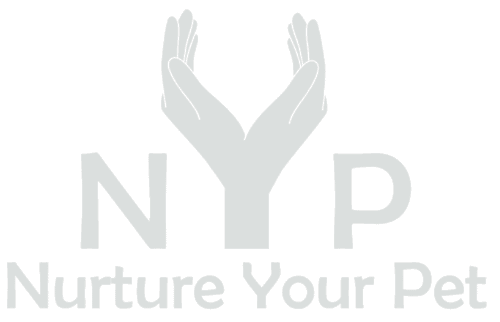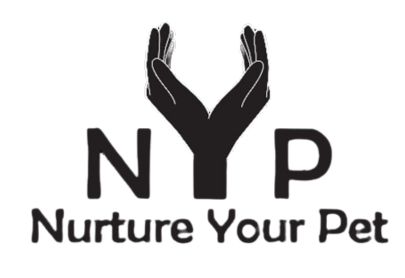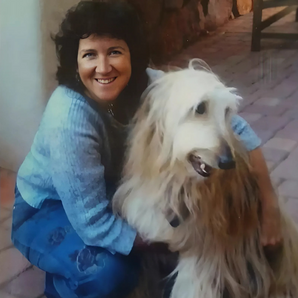Understanding the Anatomy of a Dog’s Paw
Before diving into paw care techniques, it is crucial to understand the anatomy of a dog’s paw. A dog’s paw consists of several parts that serve different functions:
Paw pads: Paw pads are the thick cushions located on the underside of your dog’s paws. They act as shock absorbers and provide protection against rough surfaces and extreme temperatures.
Nails: Nails are an integral part of a dog’s paw. They need regular trimming to prevent overgrowth or breakage.
Dewclaws: Dewclaws are found higher up on some dogs’ legs. While not present in all breeds, they require attention just like regular nails.
Interdigital spaces: These are the areas between your dog’s toes. It is important to keep them clean to prevent debris accumulation or infections.

Signs of Paw Problems
It is crucial to monitor your dog’s paws regularly for any signs of problems. Identifying issues early can help prevent further complications. Look out for these common signs:
Limping or favoring one leg: If your dog starts limping or avoiding putting weight on one particular leg, it may indicate a problem with their paw.
Redness or swelling: Inflammation, redness, or swelling in and around the paws may signal an injury or infection.
Excessive licking or chewing: If you notice your dog frequently licking or chewing their paws, it could be a sign of irritation, allergies, or even parasites.
Cracked or dry paw pads: Dry, cracked paw pads can cause discomfort and pain for your furry friend. Regular care can prevent these issues.
Regular Paw Maintenance
Routine maintenance plays a vital role in keeping your dog’s paws healthy. Here are some essential steps to include in your regular paw care routine:
Nail trimming: Regular nail trimming prevents nails from becoming too long and potentially causing pain or difficulty in walking. Use proper nail clippers designed specifically for dogs and ensure you do not cut into the quick (the sensitive part of the nail).
Paw pad inspection: Inspect your dog’s paw pads regularly for any signs of damage, cuts, cracks, or foreign objects lodged between the paw pads. If you notice anything unusual, consult with a veterinarian.
Cleaning interdigital spaces: Gently clean the interdigital spaces using a soft cloth or cotton ball dampened with warm water. This will remove any dirt or debris accumulated between the toes.
Moisturizing paw pads: To prevent dryness and cracking of paw pads, apply a pet-safe moisturizer specifically formulated for dogs’ paws. Avoid using human products as they may contain ingredients toxic to dogs.

Protecting Your Dog’s Paws
Protecting your dog’s paws is crucial, especially during extreme weather conditions or when engaging in certain activities. Here are some tips to keep their paws safe:
Extreme temperatures: During hot summer months, avoid walking on scorching pavement as it can burn their sensitive paw pads. Similarly, in winter, protect against frostbite by using booties specifically designed for dogs.
Chemical exposure: Be cautious of common household chemicals, pesticides, ice melts, or salt used to de-ice sidewalks. These can irritate or burn your dog’s paws. Rinse their paws thoroughly after exposure.
Sharp objects and rough surfaces: When outdoors, keep an eye out for sharp objects such as broken glass or thorns that can cause injuries. Avoid walking on abrasive surfaces like concrete for extended periods.
Seeking Veterinary Care
While regular maintenance and preventive measures are crucial, it is essential to recognize when your dog needs professional veterinary care:
Persistent lameness: If your dog continues to limp or show signs of pain despite your efforts, consult with a veterinarian to rule out any underlying conditions.
Bleeding or deep cuts: Deep cuts or bleeding should be addressed promptly by a veterinarian. Apply gentle pressure to stop the bleeding before seeking immediate medical attention.
Signs of infection: If you notice signs of infection such as pus, foul Odor, or excessive swelling, consult with a veterinarian as soon as possible. Infections require proper diagnosis and treatment.
Conclusion
Dog paw care is essential to their wellness. Understanding their paw anatomy, recognizing indicators of abnormalities, instituting regular maintenance routines, safeguarding them from injury, and obtaining veterinary care when needed will help your beloved friend have strong and healthy paws for life. Remember that a little effort goes a long way in keeping those precious paws happy!
Explore our blog for essential pet health articles covering preventive care, common health issues, nutrition, and overall well-being. Stay informed and empowered to make the best decisions for your pet's health.








